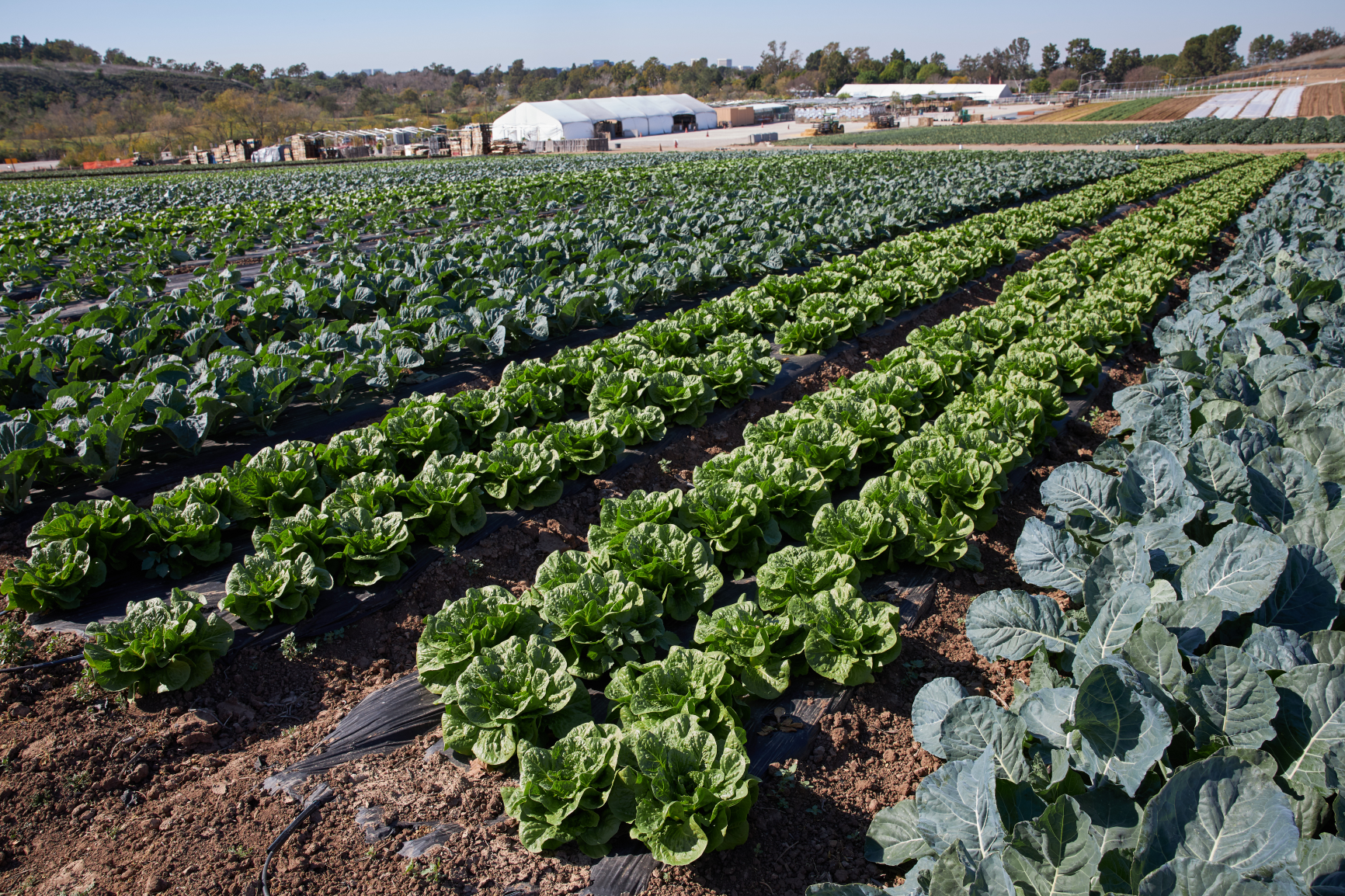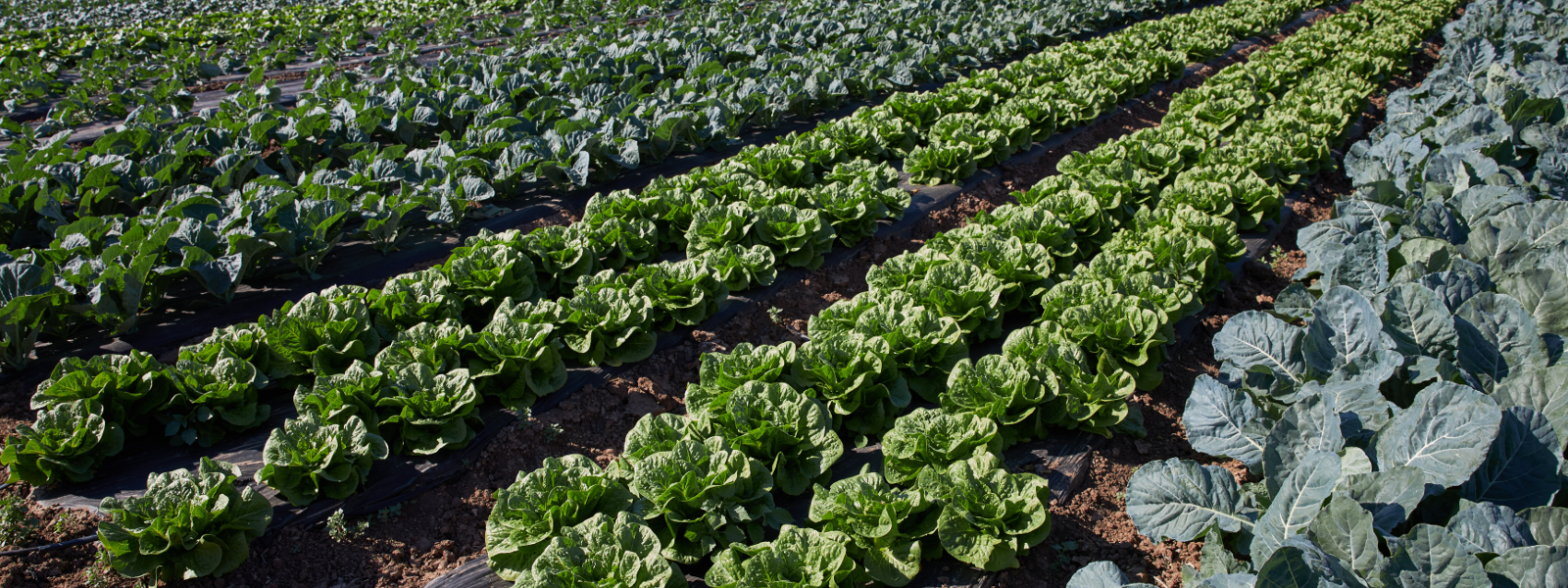Commentary: To protect food supply, Congress must pass farm bill

Agricultural groups urge Congress to pass a new, five-year farm bill—a package of legislation that includes programs such as a safety net for farmers, and nutrition and conservation programs.
Photo/Rob Andrew


By Zippy Duvall
There are few times when Congress has the opportunity to take a single action that benefits every family in America. One of those opportunities is in front of our lawmakers now.
I’m not overstating when I tell you the farm bill may be one of the most consequential pieces of legislation before the 118th Congress.
The farm bill suffers from an oversimplified name. It implies that it exists to benefit only the 2 million farm families in America. But, in fact, it touches every dinner table in every home in the United States.
Americans spend the lowest percentage of their income on food than any other nation, and that is made possible, in part, due to the farm bill. It spells out programs that help farmers survive the hard times brought on by natural disasters and economic downturns, which is in the best interest of all of us who like to eat.
But the farm bill goes even further. It should more accurately be called the food and farm bill. Many people would be surprised to learn that roughly 80% of farm bill funding supports nutrition programs that ensure millions of families facing hard times don’t go hungry.
The need for assistance programs is real. The U.S. Department of Agriculture estimated in 2021 that more than 33 million people in America faced food insecurity. More than 12% of households with children need nutrition assistance. We are a nation that’s been blessed with the ability and the means to feed all of its people.
You don’t need to look very far to see how the investments from the farm bill have paid off in protecting America’s food supply. We’re not far removed from the COVID-19 pandemic, where supply-chain disruptions led to empty store shelves across the country. Restaurants were forced to shut down, and some farmers couldn’t get the food they grew to America’s families.
Add to that more than $21 billion in crop and rangeland losses from drought, wildfires, hurricanes and flooding in 2022 and you start to realize the risks farmers take to grow the food we rely on. Without the safety net the farm bill provides, many family farms wouldn’t be able to survive these disasters.
The farm bill also invests in the future through conservation programs. Farmers have already established an impressive record in their efforts to protect America’s natural resources. About one-third of U.S. farmland is in conservation programs and practices.
Farmers are doing more with less. Just 30 years ago, it would have taken 100 million more acres—the approximate land mass of Florida, Georgia and South Carolina—to produce the same amount of food farmers grow today. This productivity growth is the only thing that will allow us to achieve our conservation goals and meet the food, fuel and fiber needs of America and the world.
Overall, agriculture represents just 10% of the nation’s greenhouse gas emissions, far lower than transportation and energy, and much lower than the agriculture sector worldwide. These advances are made possible, in part, because programs in the farm bill recognize farmers as partners and invest in their effort to care for the land. They are also fueled by research and innovation that help pave a path forward.
The farm bill must be renewed every five years, giving lawmakers an opportunity to update programs and renew their commitment to ensuring America’s families continue to have access to a safe, affordable and abundant food supply. It presents an opportunity to ensure programs reflect today’s realities and seize tomorrow’s opportunities.
Leaders in Congress said they needed more time to draft and debate the legislation, so they passed a one-year extension. But modernization of the farm bill must remain a priority. It’s now time all lawmakers step up to pass a farm bill soon. The closer we get to the 2024 elections, the less likely Congress is to achieve this goal.
In a recent Morning Consult poll, a majority of Americans said they would be more likely to support a member of Congress who votes to pass a farm bill.
The farm bill is too important to be kicked down the road.
The Senate and House agriculture committees dedicated 18 months to farm bill hearings, listening sessions and farm tours to learn what is needed in the next farm bill. Congress should build on this momentum.
The farm bill has been a shining example of bipartisanship in the past—an issue in which both sides have put aside differences to work for the common good of the nation. They can do it again. Every family in America is counting on it.
(Vincent “Zippy” Duvall, a poultry, cattle and hay producer from Georgia, is president of the American Farm Bureau Federation.)




